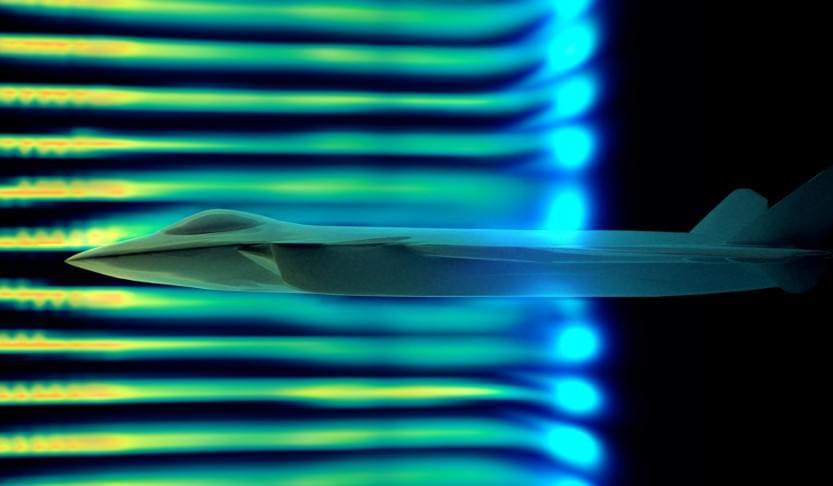Tokyo/New Delhi: Tetsuya Yamagami, who shot Shinzo Abe in Nara City, used a handmade gun to attack the former Japanese Prime Minister, said reports. The 41-year-old shooter, a resident of Nara City in Japan shot Abe in his chest from 10 feet away, said reports. For the unversed, Abe was shot during live address in Western Japan. The attack was a shock in one of the world’s safest countries with some of the strictest gun control laws. During interrogation, the attacker has confessed that he was dissatisfied with Abe.
NHK public broadcaster aired dramatic footage of Abe giving a speech outside of a train station in the western city of Nara. He is standing, dressed in a navy blue suit, raising his fist, when a gunshot is heard. Footage then shows Abe collapsed on the street, with security guards running toward him. He holds his chest, his shirt smeared with blood.
Second video shows the attempted assassination of former Japanese Prime Minister Shinzo Abe.






